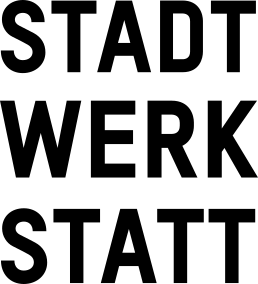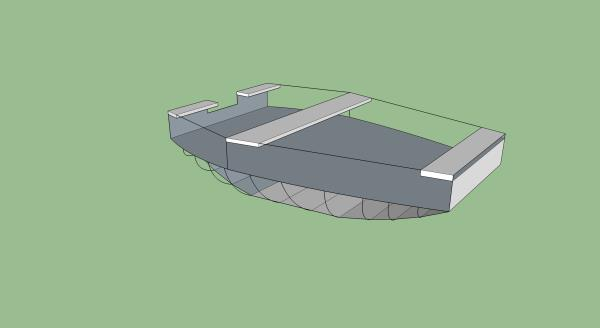Callum Caplan
Callum Caplan is a final year undergraduate student of Fine Art at Newcastle University. His practice explores the themes of sustainability and the unimagined future. Living in a time of great uncertainty, his aim is to question and reimagine the structures and foundations on which we build our society. By challenging the fundamental grounds of civilisation, he hopes to present a way in which humanity can progress, with less environmental and socio-political issues.
He will be in Linz on board of Eleonore from August 1 – 8 and from September 1 – 11.
Projekt The Mycelium Boat
Shown at STWST48x3:
Radio FRO: Callum Caplan und Azucena Sanchez about AiR-Projects - ca. Min. 25
BACK TO STWST48x3 MIND LESS- MYCELIUM NETWORK SOCIETY
My main interest in mycelium material is its potential to be used in the fabrication and construction of houses or transportation. With sustainable materials being discovered at a rate like never before, why is architectural and transportation design not adapting at a similar pace? Are large corporations utilising their position for sustainable usage or private and financial gain? Unfortunately, it would appear to be the latter. However, in my opinion, more education and public exposure to sustainable materials can create a shift in the material choices of future design.
Therefore, my proposal will demonstrate and communicate the potential of mycelium as a building material. This will be an example of one of the many sustainable materials that we are yet to fully embrace in design today. I would like this example to be literal and show how this material could function in modern design. I propose to build a small rowing boat out of mycelium and wood. The boat’s main structure will be made from lightweight wooden dowels. The boat will be made in sections, to allow the mycelium covering to grow, and be dried to create the waterproof resultant shell. The sections will be attached together and be made water tight with a water-resistant sealer. The boat will be floating on the surface of a large tank of water. It will be fully functional, allowing the public to see limitless potentials in a range of sustainable, natural materials that we should exploit.


